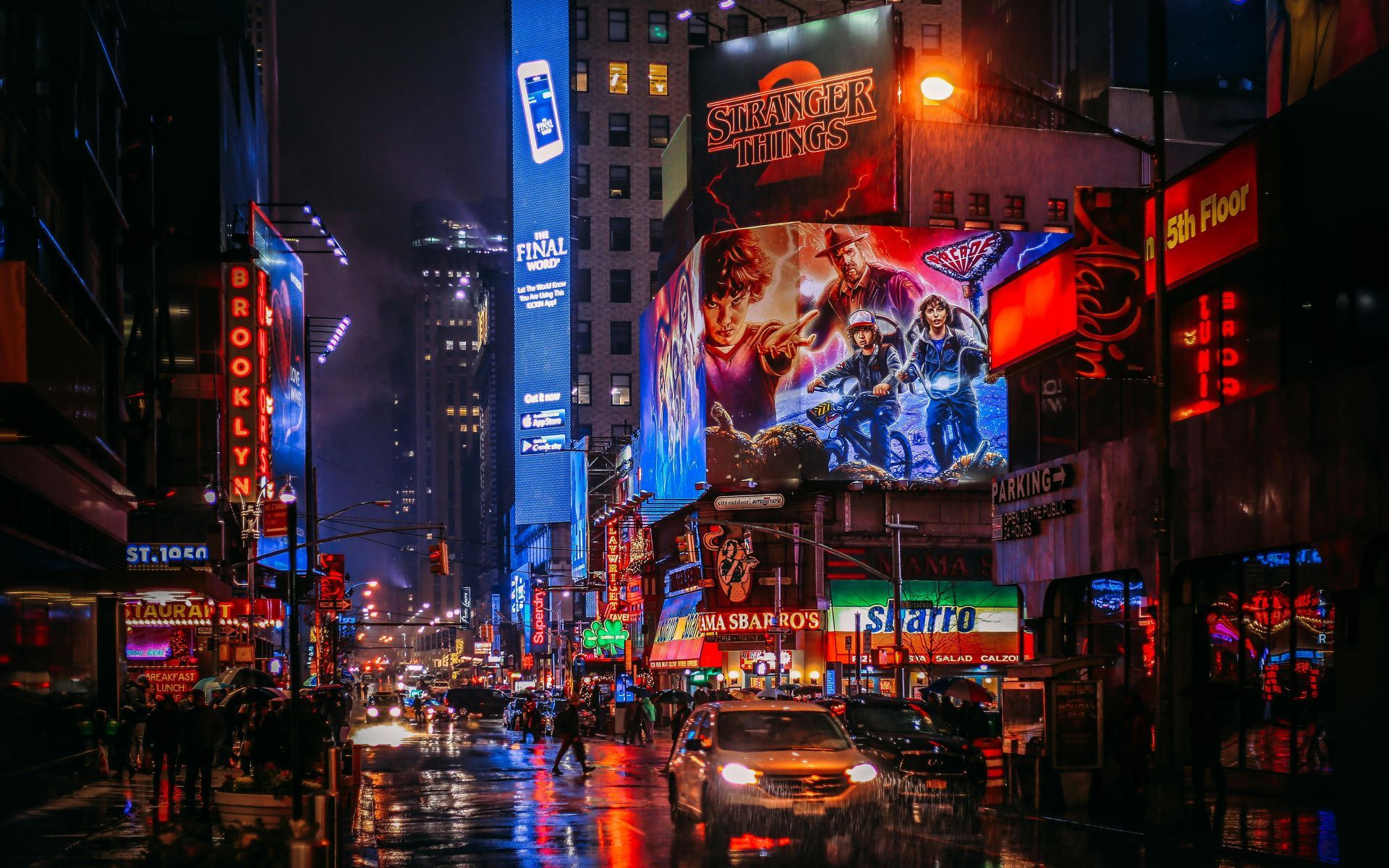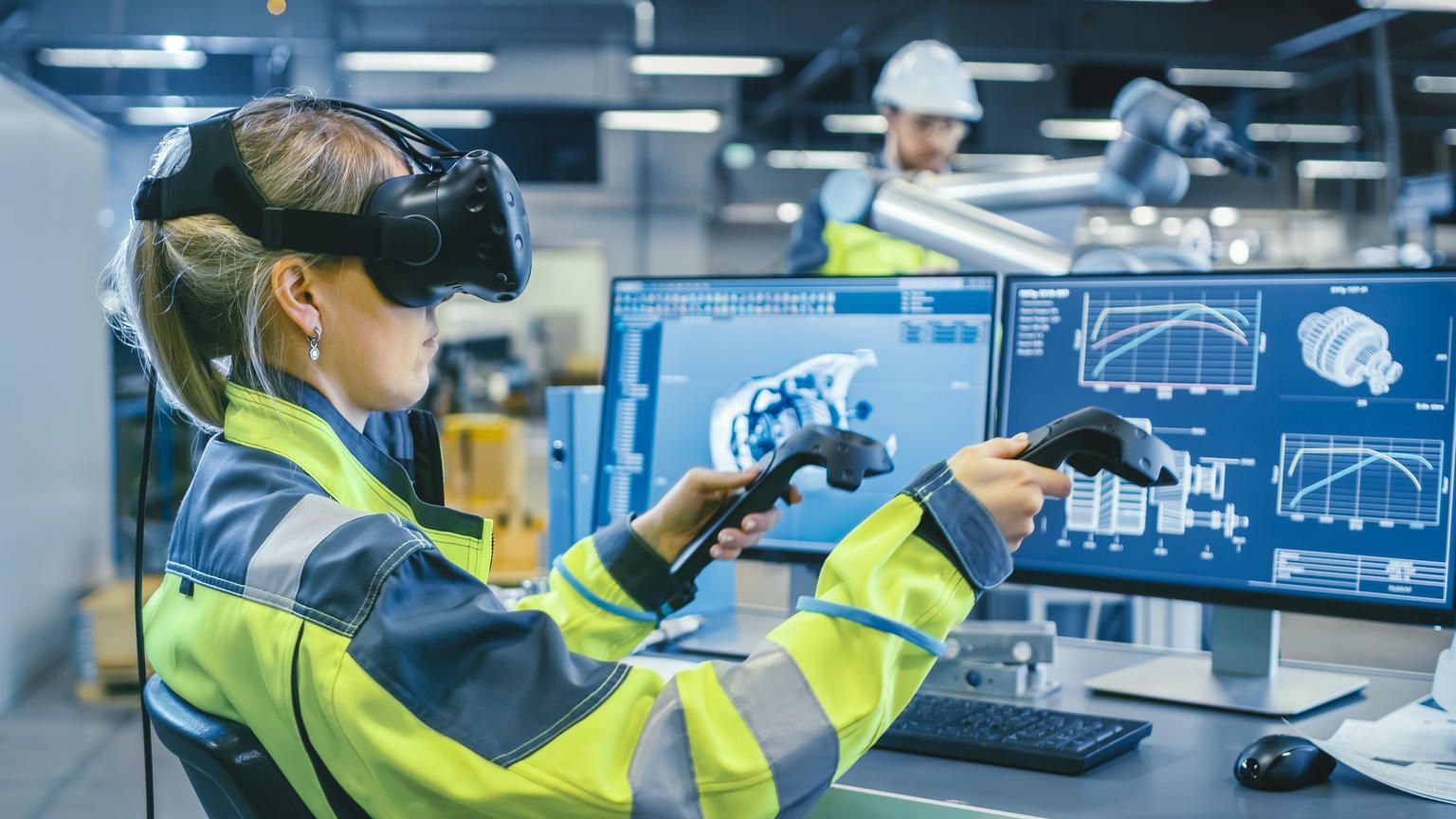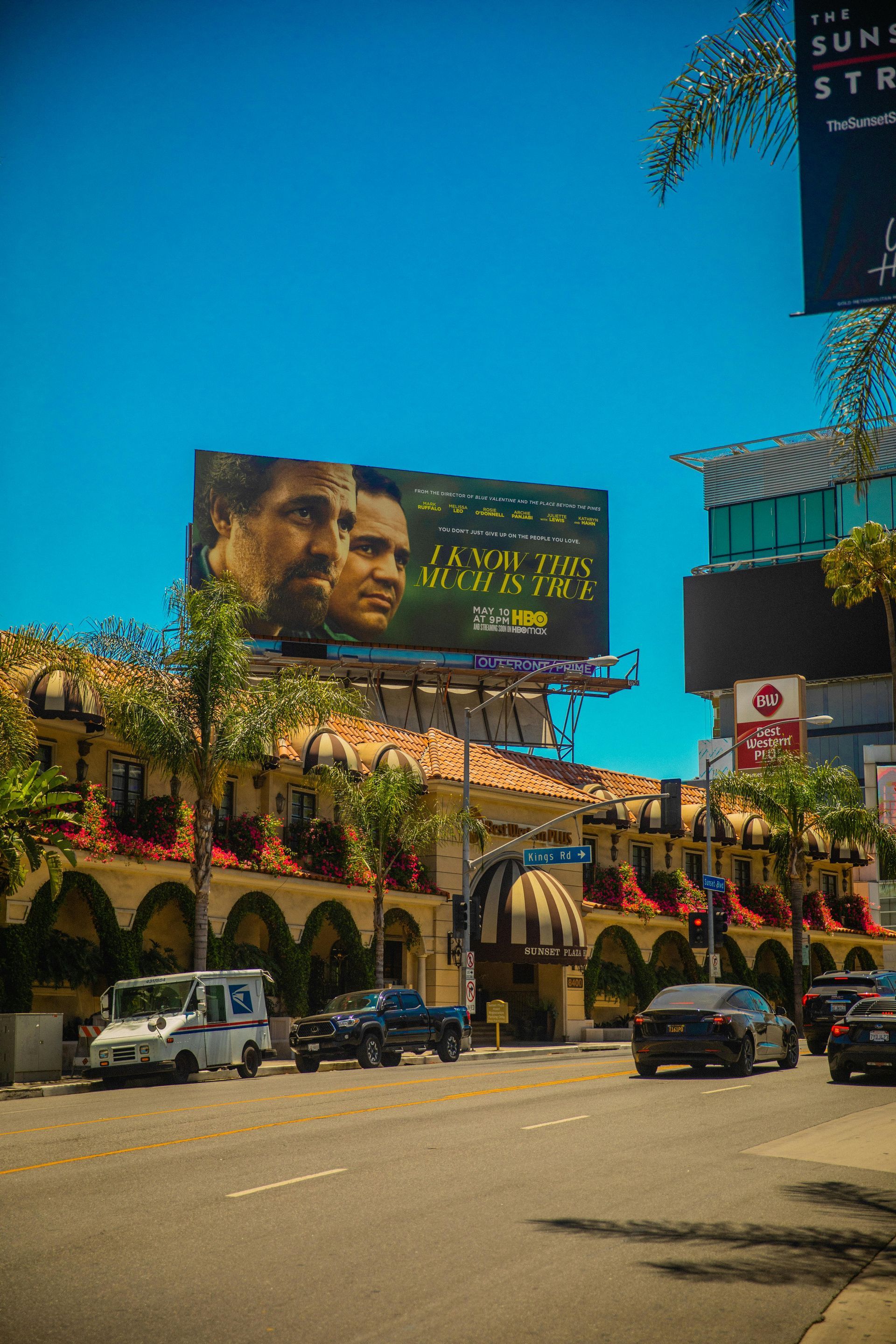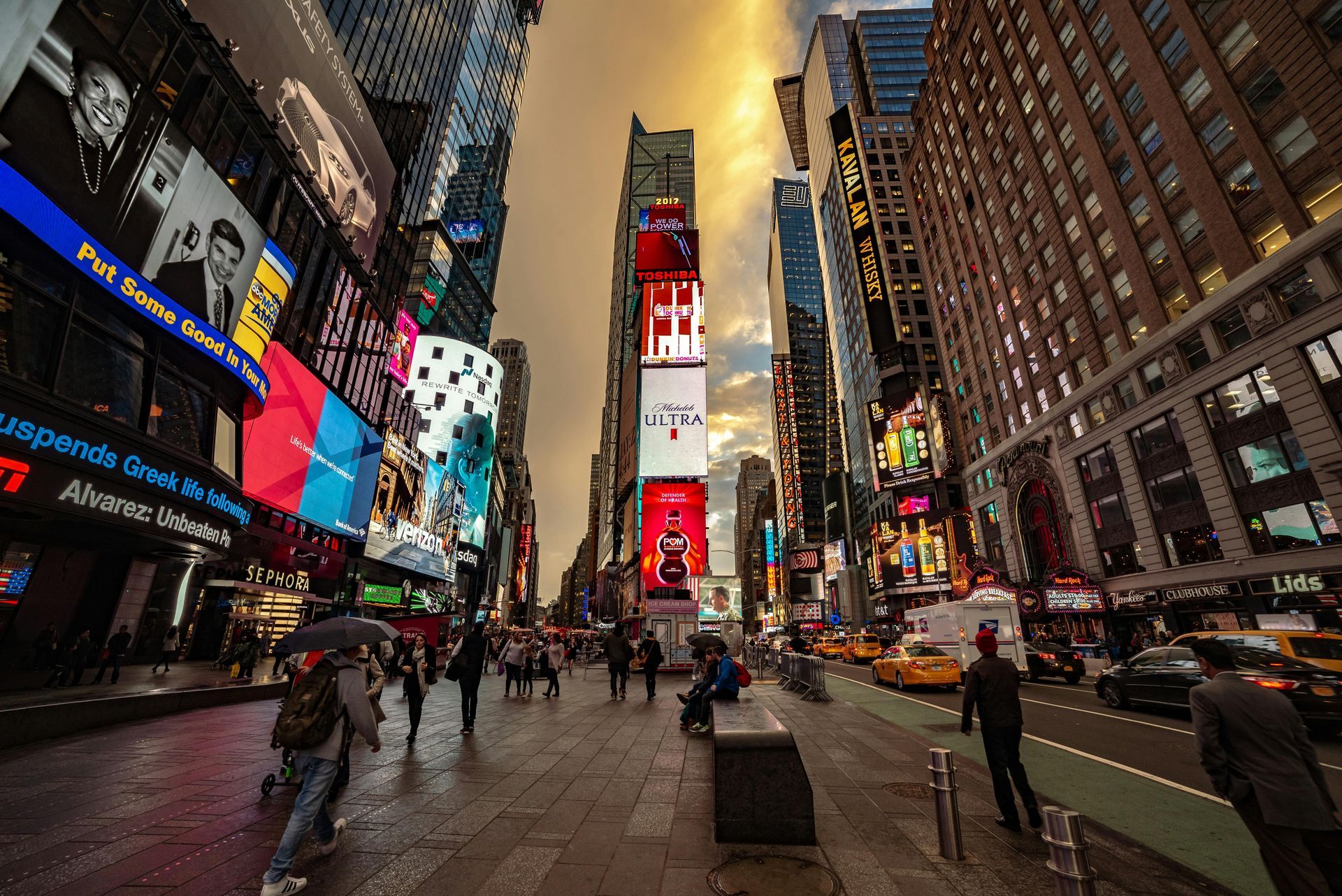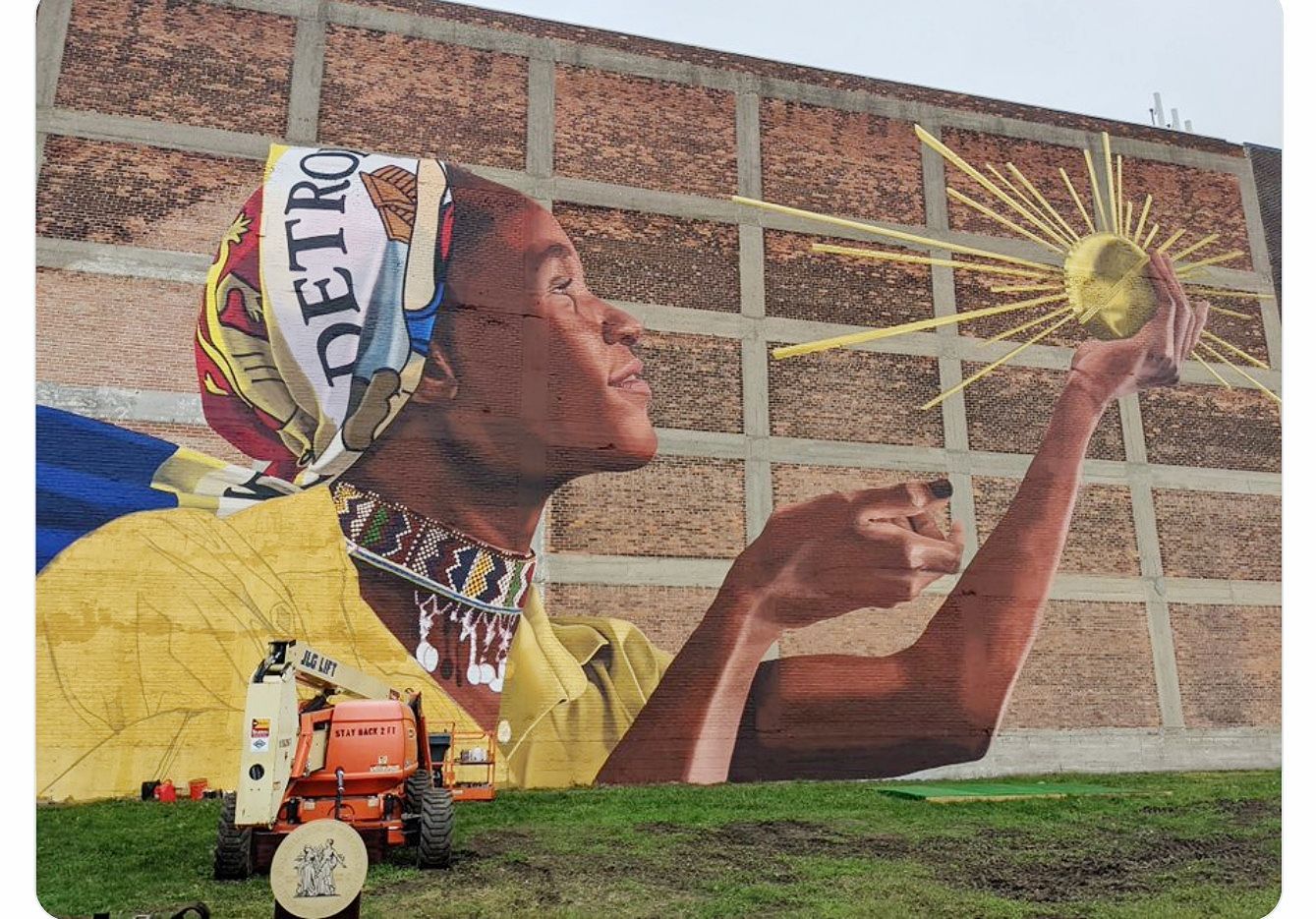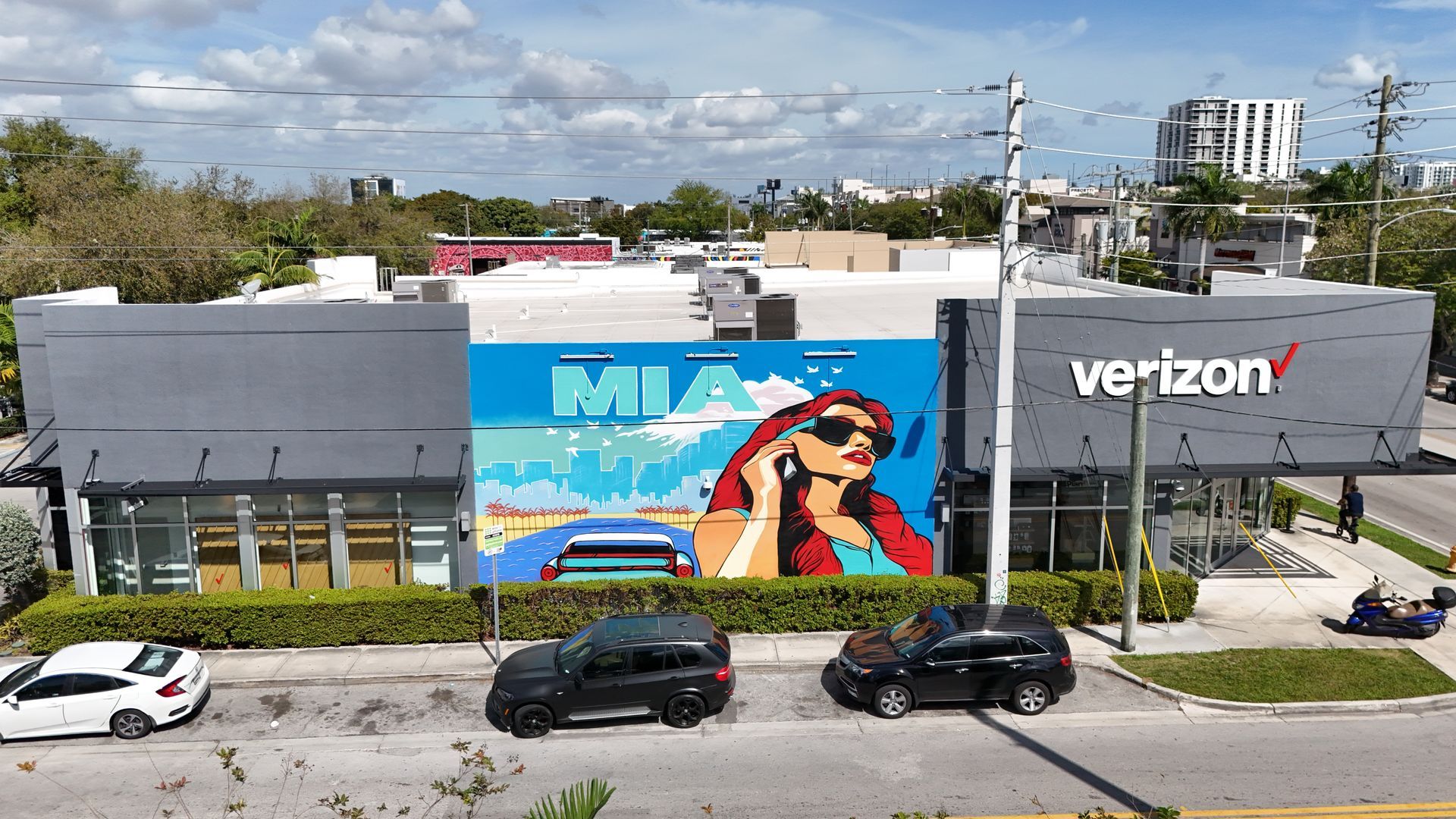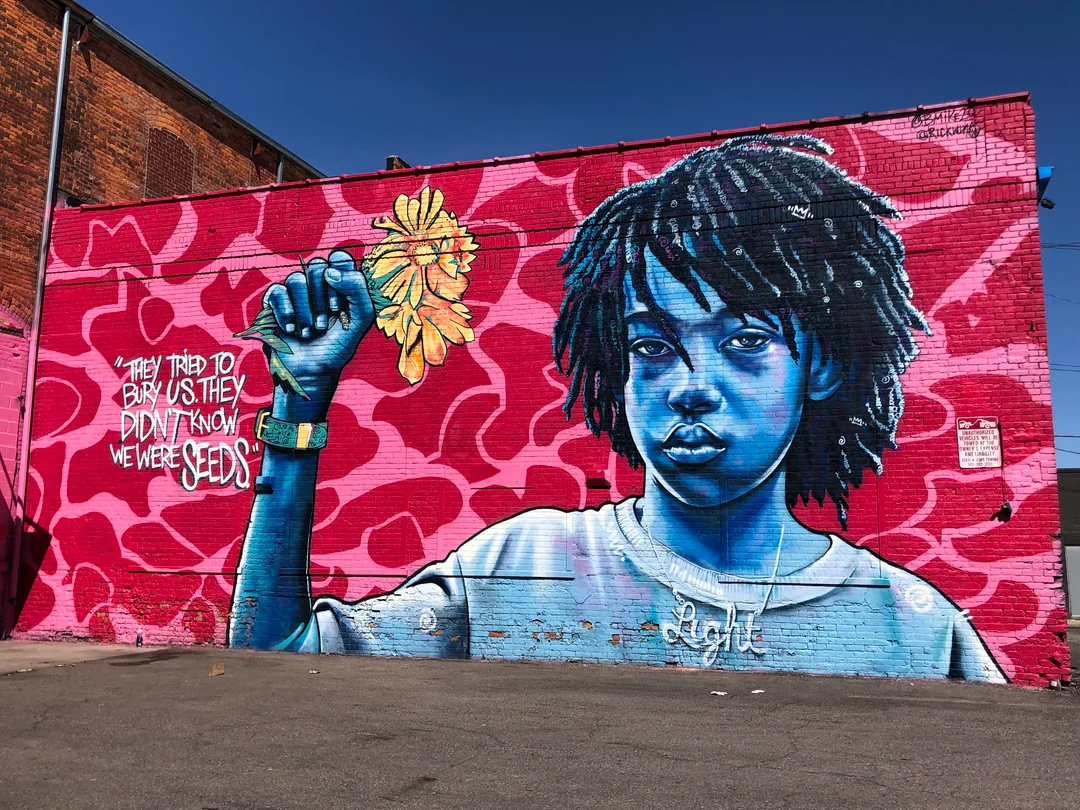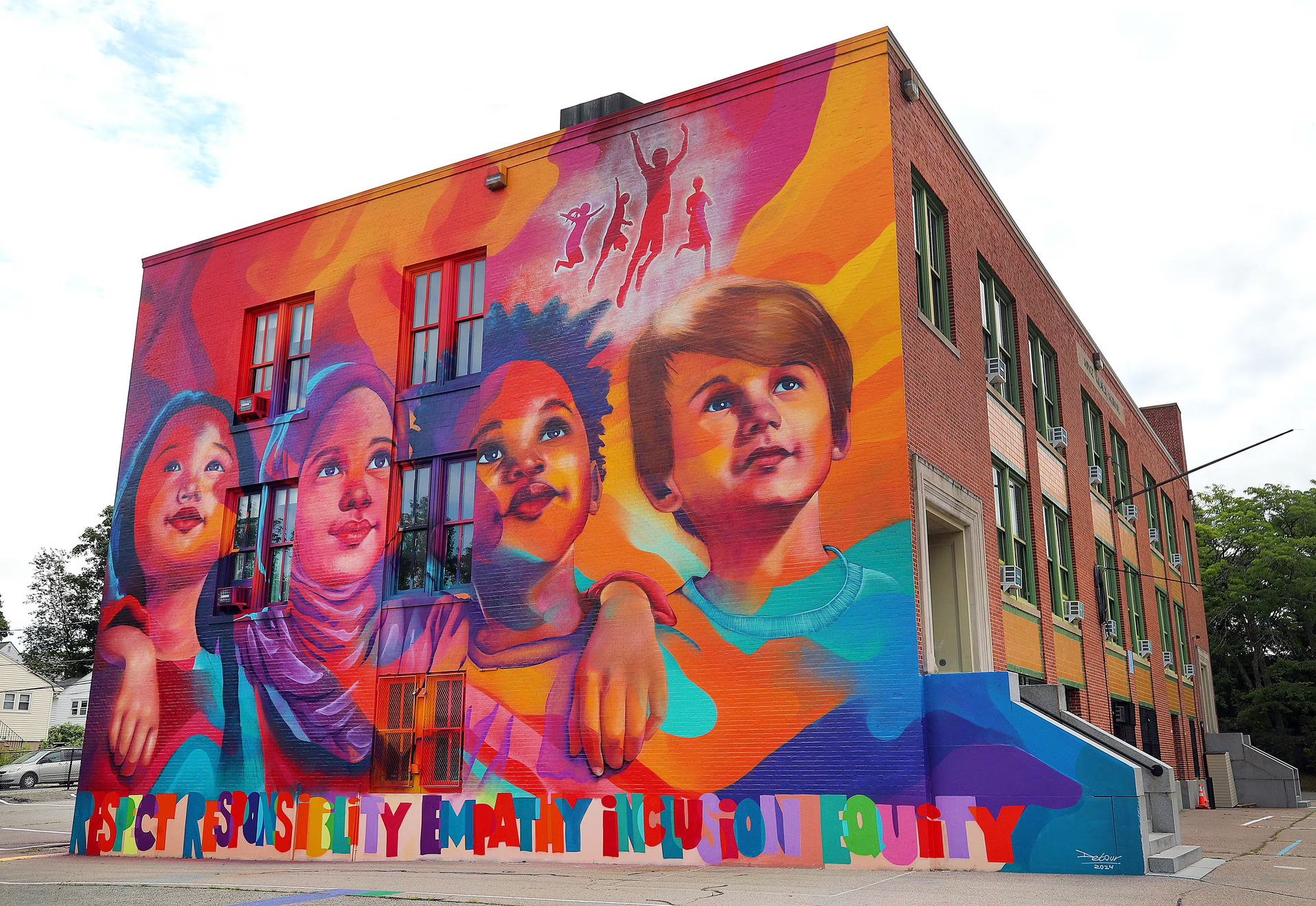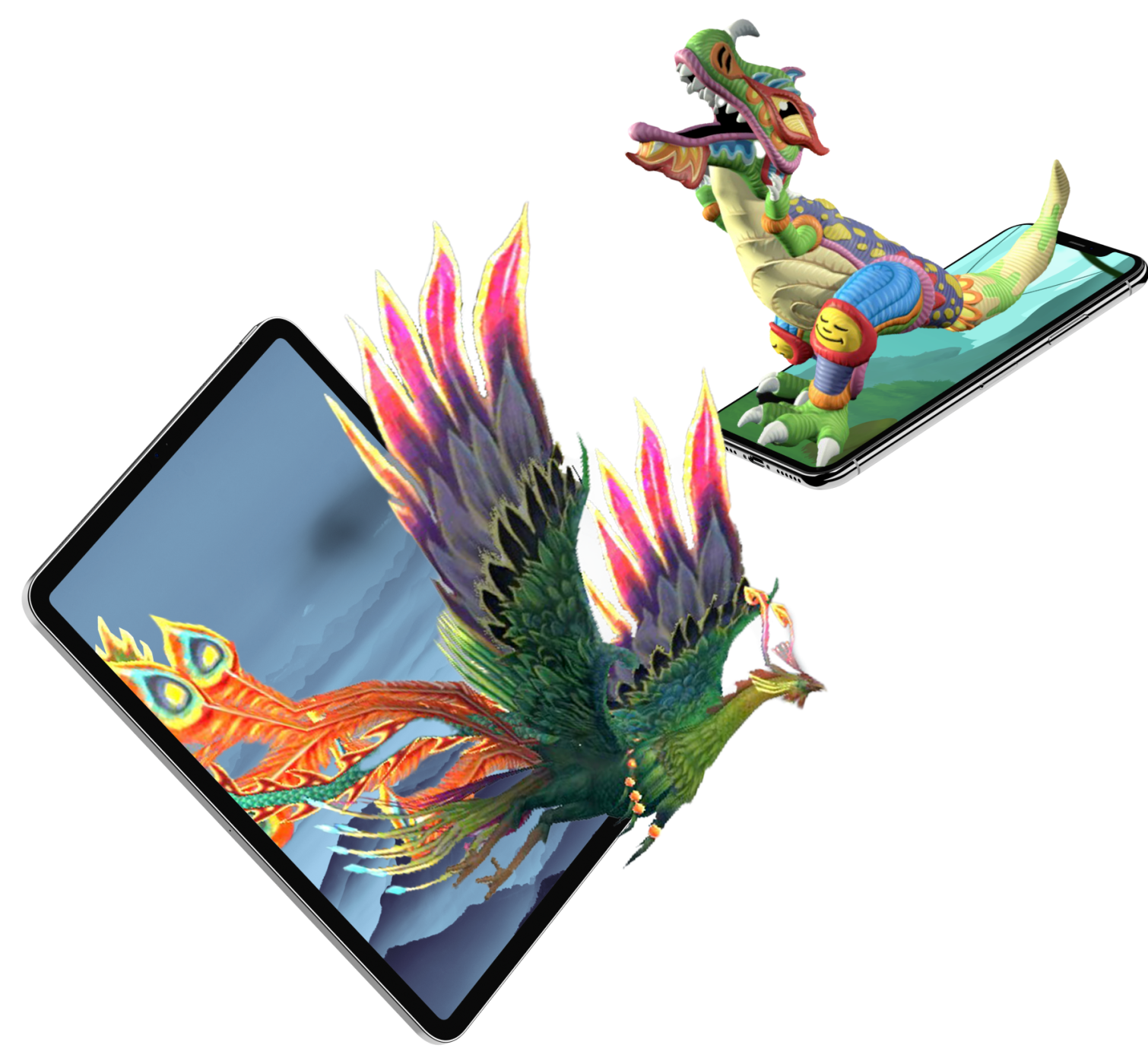The Power of Out-of-Home (OOH) Advertising: Brands That Use It Extensively
In the ever-evolving advertising landscape, Out-of-Home (OOH) advertising has remained a resilient and effective medium for reaching audiences. Whether through bus stop posters, digital billboards, or larger-than-life displays in places like Times Square, OOH offers brands a unique way to capture attention in the real world. Let's explore how some leading brands leverage OOH extensively in their marketing strategies.
The Rise of OOH Advertising
OOH advertising has been around for decades, but it has recently seen a resurgence due to its ability to break through the noise of digital advertising. As digital ads become increasingly intrusive, many consumers appreciate OOH's straightforward, non-intrusive nature. According to recent trends, OOH is the most liked and trusted form of advertising and the one with the best recall.
The beauty of OOH lies in its versatility and ability to integrate with other marketing channels. From traditional billboards to cutting-edge digital signage, brands can craft compelling narratives that engage audiences offline and online. With the advent of Digital Out-of-Home (DOOH) advertising, brands can now deliver dynamic, data-driven content that resonates with specific audiences in specific locations.
Brands That Excel in OOH Advertising
Several brands have mastered the art of OOH advertising, using it to amplify their message and enhance their brand visibility. Here are a few notable examples:
1. Brex
Brex, a financial technology company, is known for its bold OOH campaigns that target business travelers and professionals. Their campaigns often appear in strategic locations like airports and business districts, where they can reach their target audience effectively. Brex’s OOH strategy is a testament to how B2B companies can leverage this medium to make a significant impact.
Brex uses various formats, from traditional billboards to bus shelters and even digital screens in high-traffic areas. Their creative often focuses on the pain points of business finance, offering Brex as the smart solution. This approach captures attention and drives action, making Brex a leader in OOH advertising for B2B.
2. Monday.com
Monday.com, a work operating system, has used OOH advertising extensively to build brand awareness. Their colorful and eye-catching billboards can be seen in major cities worldwide. Monday.com’s OOH campaigns are a great example of creating visually appealing and informative ads. Their billboards often feature simple yet effective messaging highlighting their platform's benefits, such as improved productivity and team collaboration.
The brand's success in OOH can be attributed to its ability to convey complex concepts in a visually simplistic manner. Using bright colors and straightforward messages, Monday.com ensures that even those driving by at high speeds can understand and remember their brand.
3. ClickUp
ClickUp, another productivity platform, has made significant strides in OOH advertising. Their campaigns often feature clever, humorous messaging that resonates with individual users and businesses. ClickUp’s OOH ads are strategically placed in locations frequented by their target audience, such as tech hubs, business districts, and public transportation systems.
Their OOH strategy often involves a mix of traditional and digital billboards, with content that changes based on the time of day or current events. This dynamic approach keeps the ads fresh and ensures they are relevant to the audience at any given time.
4. Expensify
Expensify, known for its expense management software, has also embraced OOH to reach its target market. Their campaigns often focus on the hassle-free nature of their product, with slogans like “You weren’t born to do expenses.” Expensify’s OOH ads can be seen in airports, business districts, and near conference centers, making them hard to miss for business travelers.
What sets Expensify apart in the OOH space is its ability to hyper-target its ads. For instance, it has placed billboards near the headquarters of companies it wants to partner with or sell to, ensuring its message reaches the right decision-makers.
Why OOH Works for B2B Brands
OOH is particularly effective for B2B brands because it allows them to reach decision-makers in a non-digital space, where the competition for attention is less fierce. The physical presence of OOH ads in the real world gives them a sense of permanence and authority that digital ads often lack.
Moreover, OOH offers unparalleled reach and frequency. Thousands of people can see a strategically placed billboard or digital screen multiple times a day, creating a lasting impression. This is especially important for B2B brands that need to build trust and credibility with their audience over time.
Creative Strategies in OOH Advertising
Creativity is vital to standing out in OOH advertising. For example, Apple's “Shot on iPhone” campaign is a brilliant example of how to use OOH to showcase product quality. The campaign featured user-generated content on billboards worldwide, turning everyday iPhone users into brand ambassadors.
Brands like Nike and Coca-Cola have also pushed the boundaries of OOH with 3D billboards and interactive digital signage. These ads are not only visually stunning but also provide a memorable experience that goes beyond the typical advertising campaign.
Integrating OOH with Other Channels
OOH is most effective when integrated with other advertising channels. For instance, a digital billboard can feature a QR code that leads viewers to a landing page or a social media campaign. This seamless integration allows brands to create a cohesive marketing strategy that engages consumers at multiple touchpoints.
Social media also plays a crucial role in amplifying the reach of OOH campaigns. When people see an eye-catching billboard or a clever bus shelter ad, they often share it on platforms like Instagram or Twitter, extending the campaign's reach far beyond its physical location.
The Future of OOH Advertising
As technology continues to evolve, so will the possibilities for OOH advertising. Digital billboards and signage are becoming more sophisticated, allowing brands to deliver highly targeted, contextually relevant content. Augmented Reality (AR) is also making its way into OOH, creating interactive experiences that blend the digital and physical worlds.
For brands looking to stand out in an increasingly crowded advertising landscape, OOH offers a unique opportunity to connect with audiences in a meaningful way. Whether through a cleverly placed billboard, a dynamic digital screen, or an immersive AR experience, OOH continues to be a powerful tool for brands to reach and engage their target audience.
Conclusion
In summary, brands that use OOH extensively, such as Brex, Monday.com, ClickUp, and Expensify, demonstrate the effectiveness of this advertising medium. With its ability to reach a broad audience, integrate seamlessly with other channels, and deliver impactful, memorable messages, OOH remains a critical component of any comprehensive marketing strategy. As the advertising landscape continues to change, OOH stands out as a medium that not only survives but thrives in capturing consumers' attention in the real world.
TALK TO A PRO
We're here to bring your brand to life!
Stay Connected with BrandXR
Create Augmented Reality for Free!
Create, Publish, and Measure 3D Augmented Reality Experiences Without Having to Code.
